How to Grow and How to Use Lentils |
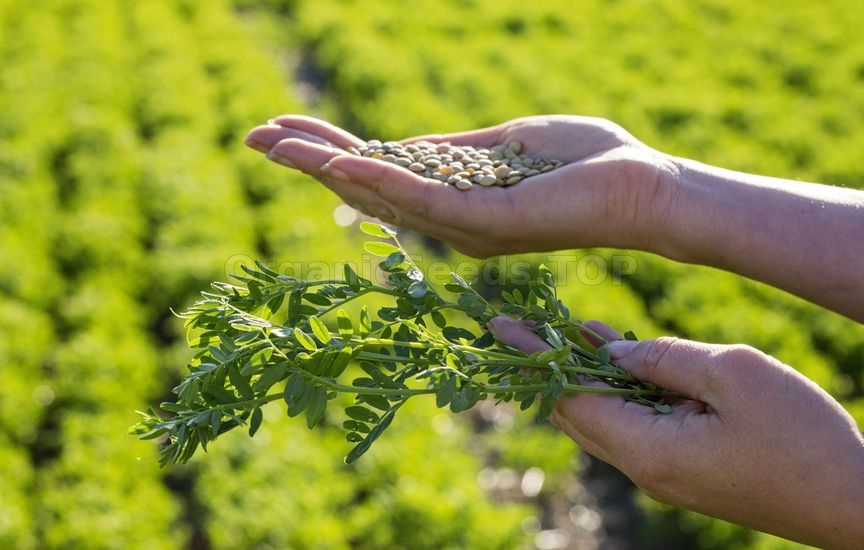 Lentils (Lens culinaris Medik), from the family Leguminosae, are an ancient Mediterranean crop grown more than 8,500 years ago, said to have been found in Egyptian tombs dating from 2400 BC. A highly nutritious food legume primarily cultivated for seed and frequently eaten as dhal, lentils are grown as an annual crop during cool seasons and in areas of limited rainfall. Where are Lentils Grown?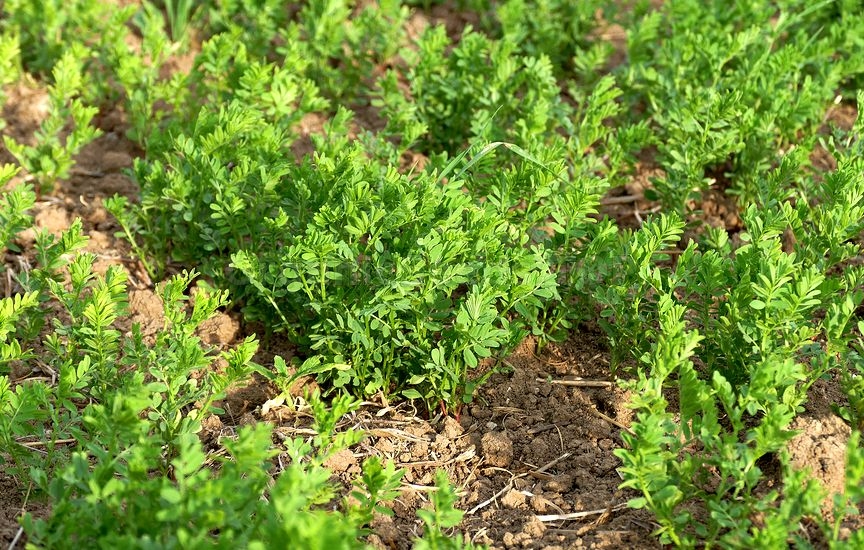 Where are lentils grown? Lentil cultivation occurs from the Near East to the Mediterranean, Asia, Europe, and in areas of the western hemisphere as well. Most lentil production in North America takes place in the Pacific Northwest, eastern Washington, northern Idaho and up into western Canada, grown since the 1930’s as a rotation crop with wheat. Suited to the damper, cooler climates of these regions, lentils are primarily exported, although consumption in North America is on the rise.
How to Use Lentils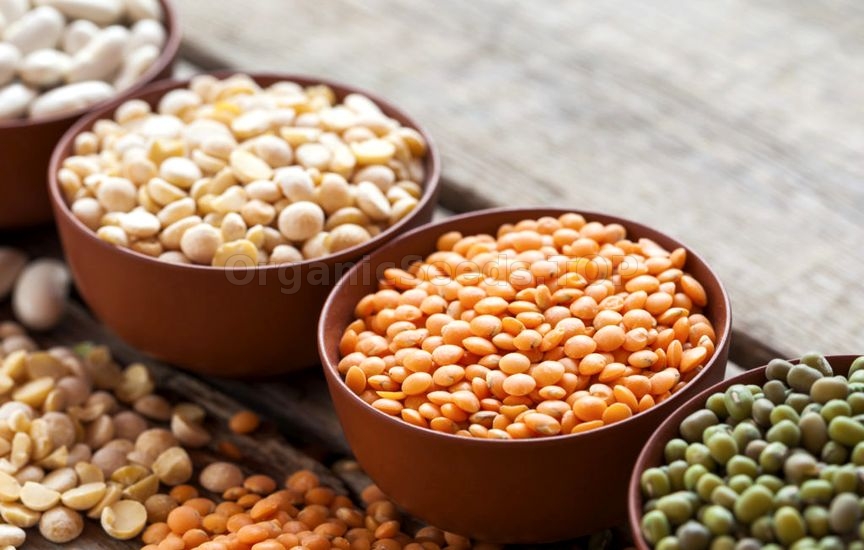 Lentils are prized for their high protein content, carbohydrates and calories. There is a downside to this nutritious little legume, however, as lentils contain substances that can contribute to - ahem, flatulence. These factors can be mitigated somewhat when lentils are heated, reducing the amounts of anti-nutrients which cause, well, gas.
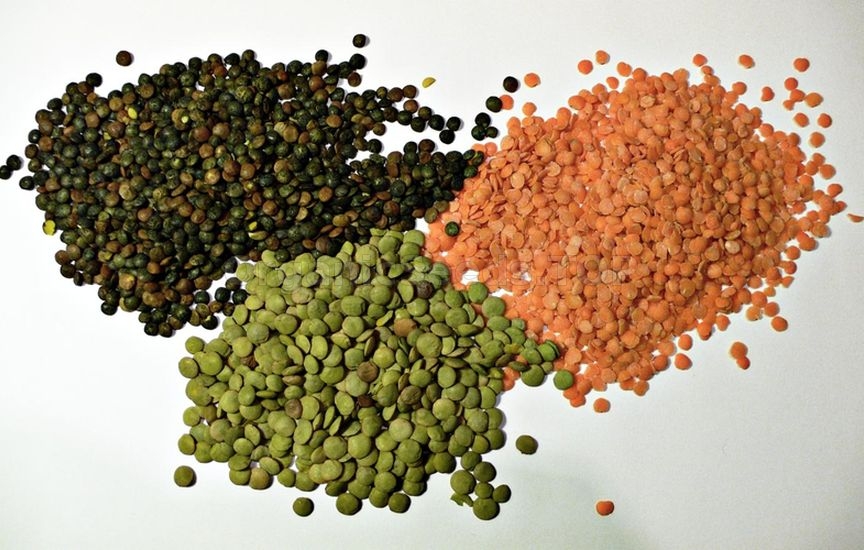 How to use lentils? There are a myriad of uses for the lentil. They can be used as a side dish, entrée, put in salad, fried as a snack, made into soups, pureed for baby food, and ground to make a flour for bread and cakes. The husks, stems and dried leaves, bran, and other residue can be fed to livestock. Green lentil plants make for a terrific green manure and lentil seeds can be used as a commercial starch in textile and paper processing. How to Grow Lentils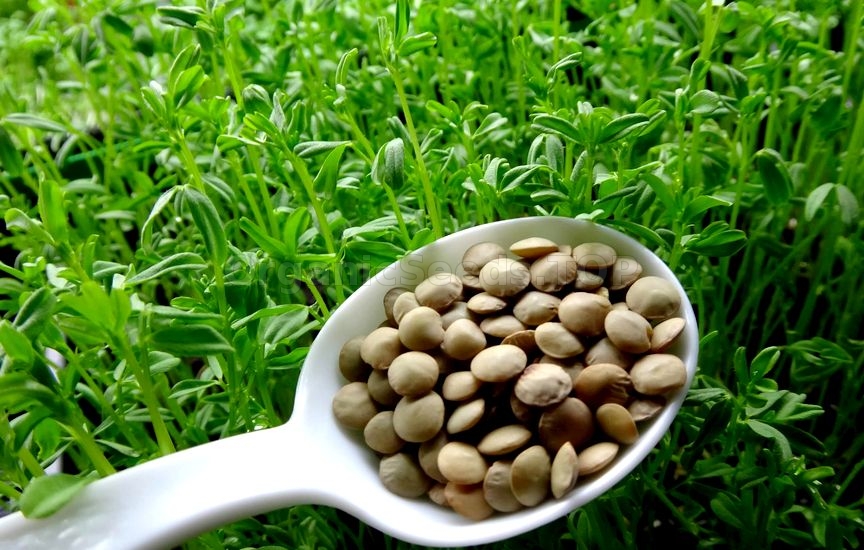 Consider your climate when growing lentils. Lentils prefer well drained soil planted on south or east exposures to better utilize the sun’s warmth and get the little seedlings to erupt. Good drainage is of primary concern, as even short periods of flooded or waterlogged soil will kill lentil plants.
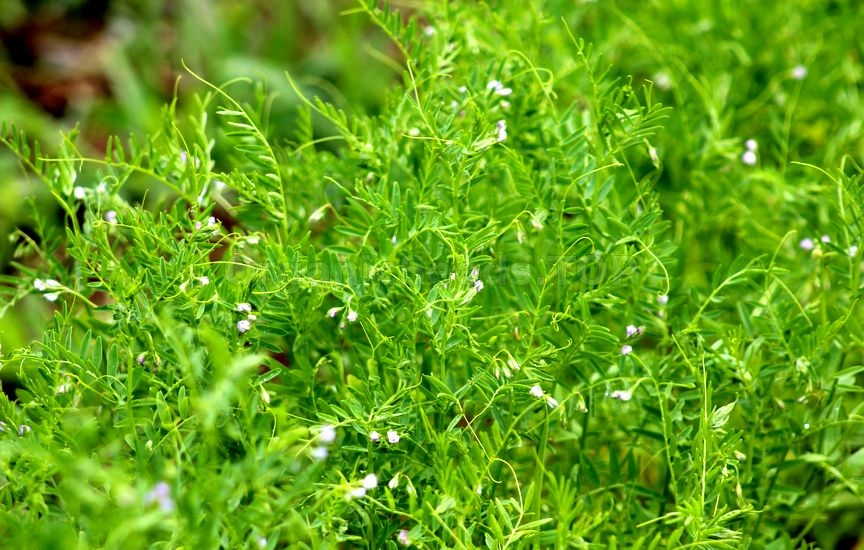 A temperate climate is required for summer crops or lentils can be grown as a winter annual in subtropical climes. The garden should be tilled and raked, removing stones and other debris as lentils propagate via seed dispersal. A cool season plant, growing lentil plants are tolerant of spring frosts but not of drought or high temperatures, which will reduce yield. Lentil Plant Care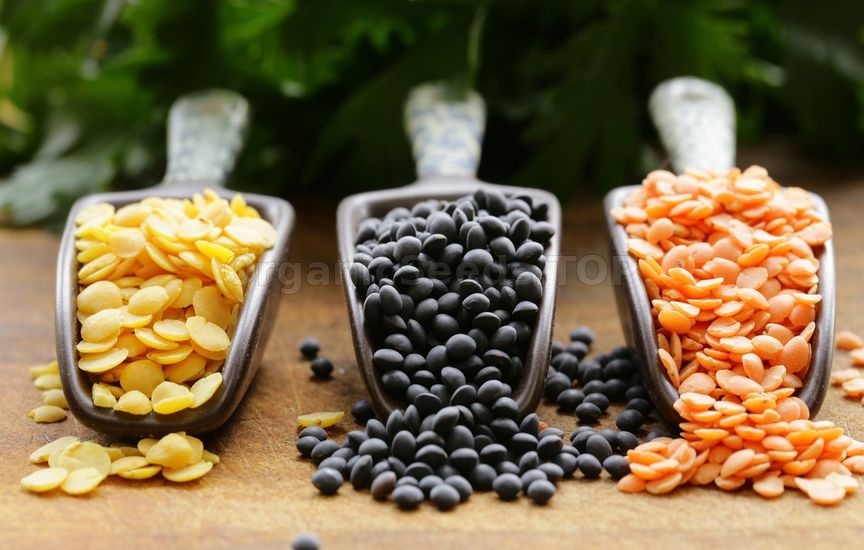 In summary, lentil plant care requires good drainage, cool temperatures (but not cold), a minimum of irrigation, and a soil pH of near 7.0. As lentil plants thrive primarily in areas of low humidity, they don’t suffer from many diseases. Blight, white mold and root rot are, however, a few possible disease issues, and the most effective method of prevention is crop rotation. Corn is the best option for crop rotation. Lentil plant care is minimal with regards to predation. Lentils can be attacked by aphids, Lygus bugs, maggots, wireworms and thrips; however, this predation is rare. You may need:«Maximus» - Organic Lentil Seeds«Greeny» - Organic Lentil Seeds«French» - Organic Lentil Seeds |
|
|
